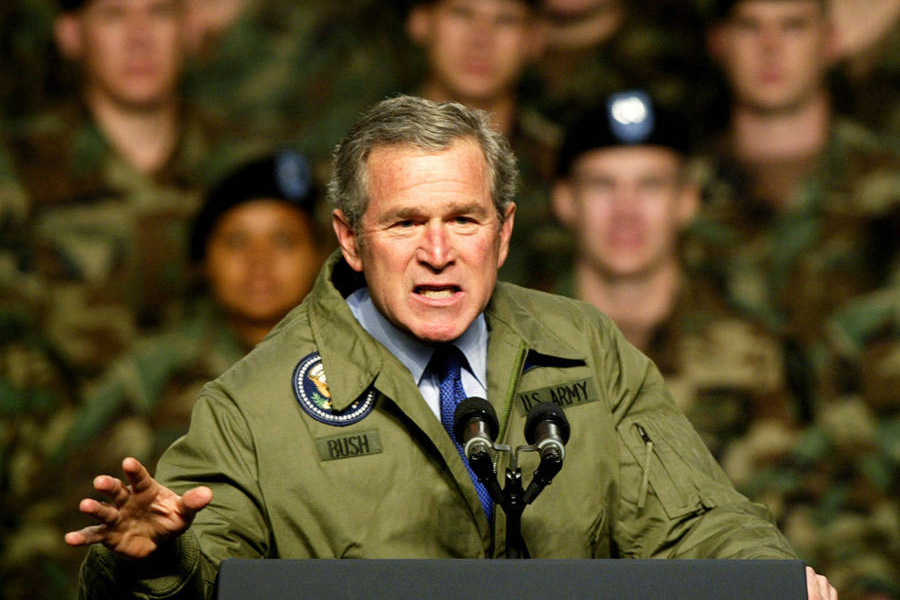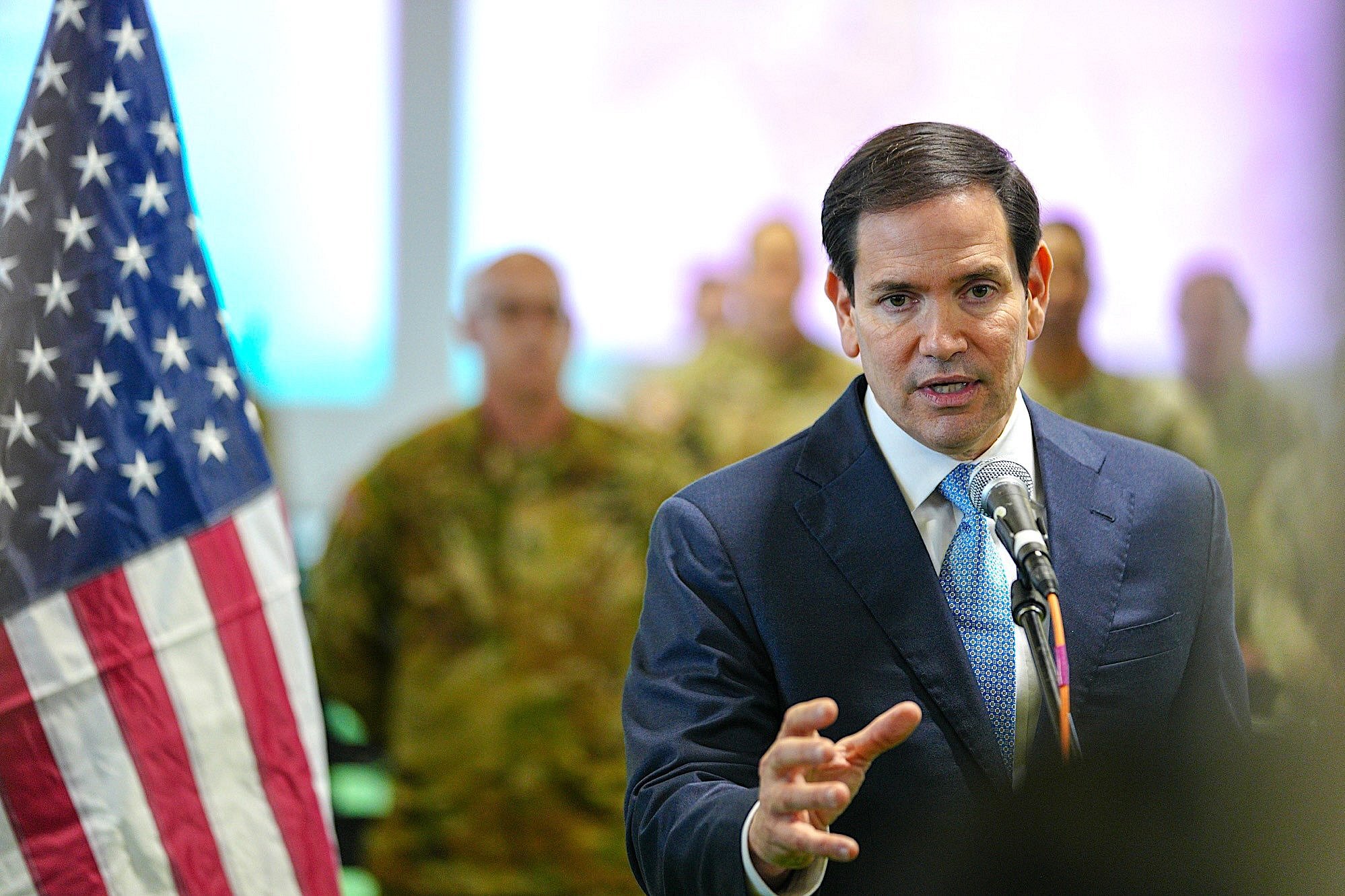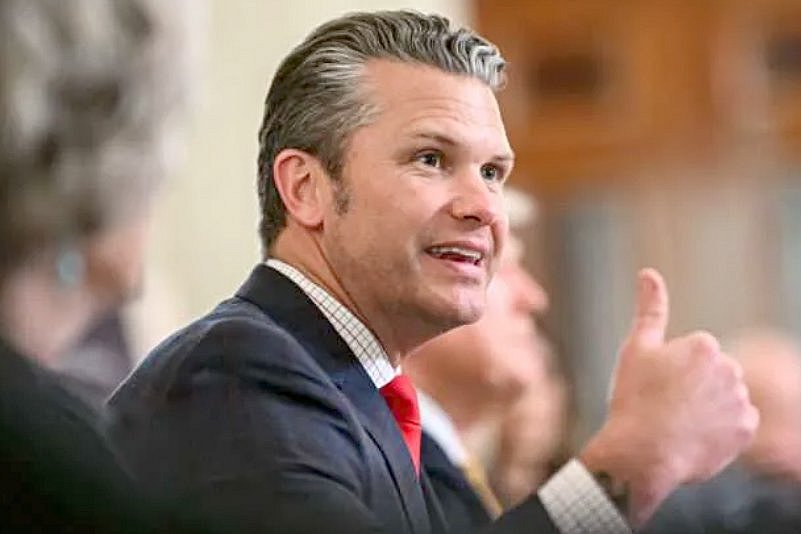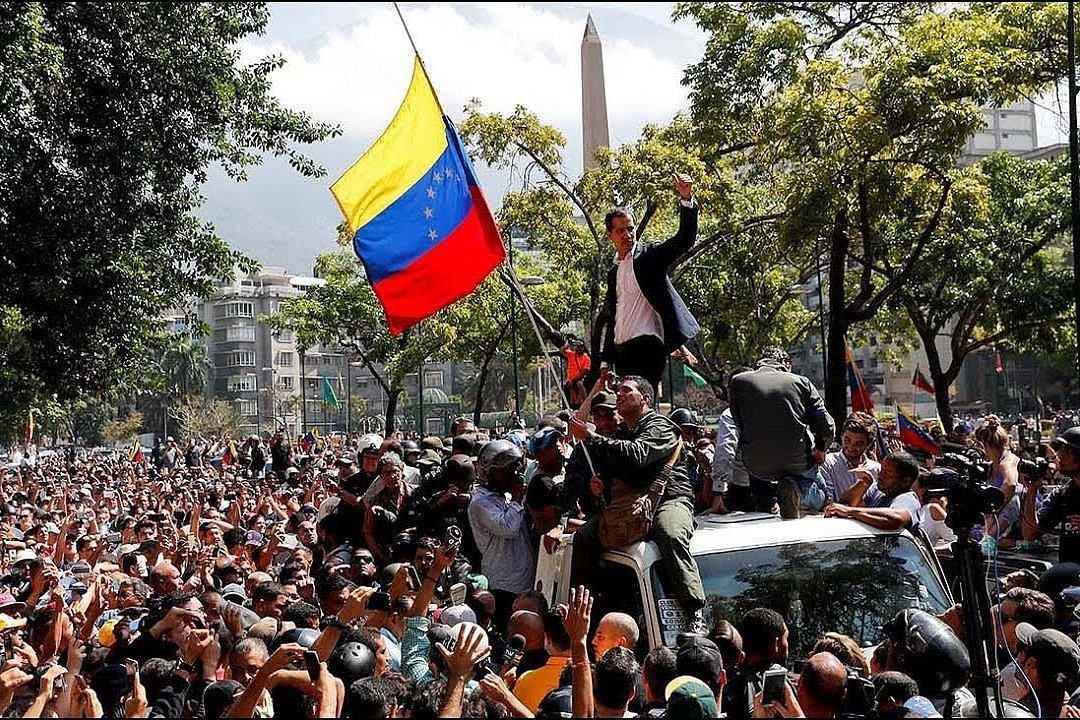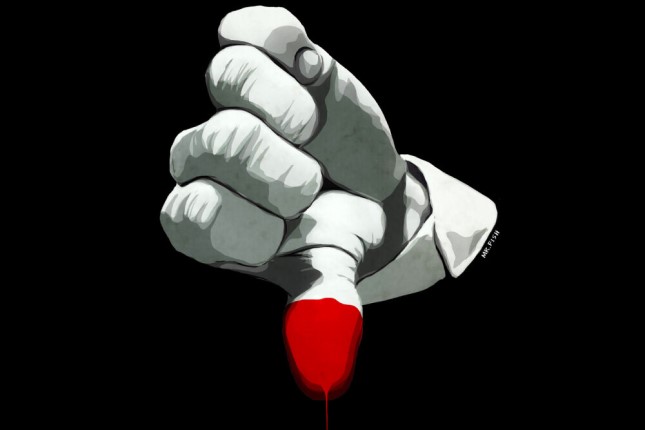On March 5, the European Union (EU) Commission adopted a far-reaching plan to put the EU economy on a war footing, diverting massive resources to the arms industry. It asserts vast powers to restructure production around the diktat of the military, arguing: “An industry investing in new capacities and ready to shift to a ‘wartime’ economic model whenever needed, is essential.”
This plan appeared as the European powers respond to the bloody defeat of the NATO-backed Ukrainian army by threatening Russia with open-ended military escalation, including long-range missile strikes and openly sending European troops to Ukraine to fight Russia. The EU plan shows that this reckless escalation, playing Russian Roulette with nuclear weapons, is indissolubly bound up with the bourgeoisie’s escalation of class war across Europe.
The plan calls for EU countries to raise military spending to 2 percent of Gross Domestic Product (GDP) in what is nominally peacetime. Over a decade, it notes, the EU could spend “approximately an additional €1.1 trillion for defence, of which around €270 billion on investment” in weapons systems. It also establishes a €1.5 billion emergency fund, to be increased to €100 billion over the next five years, and calls for private investment: “Under the EU sustainable finance framework, no EU rule, or any EU planned rule, impedes private investment in the defence industry.”
To spend trillions of euros more on the army, the EU is preparing savage attacks on social programs and living standards. Last year, to fund a €100 billion increase in French military spending through 2030, Macron imposed an overwhelmingly unpopular pension cut that provoked mass strikes and protests by millions of workers. Such sums are, however, just intended as an initial down payment, since the EU is moving to invoke emergency powers to spend far broader resources on the military.
The plan proposes to turn the EU Commission into a coordinating body, overseeing supply chains and production of EU arms manufacturers. It decrees that “the Commission … will work towards the establishment of a single, centralised, up-to-date catalogue of defence products developed by” EU arms manufacturers. It will also help fund “strategic stockpiling by industry of basic components such as electronic components and raw materials.”
The plan’s most drastic provisions are those granting the European Commission and Council vast emergency powers to control and reorient European economic production towards war, suspending civilian production, in the event of international crises. The European Council is the assembly of heads of state of the EU countries, while the Commission is the EU’s main executive body.
The plan identifies two types of crises in which the emergency powers would be invoked. The first is a crisis of military production due to shortages in key supplies of raw materials or components, such as microchips. Under these conditions, the plan states, the “activation by the Council of a ‘crisis state’ … will ensure the supply of the concerned components and/or raw materials for defence supply chains, including, where necessary and justified by the overarching public interest, by ensuring priority over some or all civilian supplies.”
More drastic prioritizing of military over civilian production will take place in “security crises,” the plan states: “To face such scenarios, the Council should be given the possibility to activate a second, upper level of the crisis state to resort to measures necessary and proportionate to the resolution of the crisis (mostly focusing on the supply of products specifically designed for military use).”
The plan calls to prepare “the possible repurposing of civilian production lines” for war production, and for industry to “speed up delivery time of EU-made defense products.” It is, in short, a plan to massively boost military spending, turn production away from civilian needs, impose speed-up and intensified exploitation on workers, and hand control of the economy to the officer corps.
This is a recipe for a collapse in living standards for broad masses of workers, together with the imposition of military dictatorship in all but name. The EU Commission plan cynically tries to justify such policies by invoking the NATO-Russia war in Ukraine.
The plan applauds the NATO puppet regime in Ukraine as “a crucial partner of the Union in the defence industrial sector.” Ukraine’s arms industry, it states, “will emerge as one of the engines of the economic recovery of the country at the end of the war and a test bed of defence industrial readiness. A closer cooperation between the EU and the Ukrainian defence industrial sectors will be part of the EU’s future security commitments to Ukraine.”
In its conclusion, the EU plan advances the tired lie that EU militarization is a response to the supposedly unprovoked 2022 Russian invasion of Ukraine. “For decades the Union’s citizens have enjoyed an unprecedented period of peace. However, Russia’s war of aggression against Ukraine, as well as the rising tensions at EU’s doorsteps, call for the EU and its Member States to take up strategic responsibility and power up the EU defence industry,” the plan states.
This is a pack of lies. In reality, the decades since the 1991 Stalinist dissolution of the Soviet Union have been years of mounting imperialist war and social austerity. NATO waged wars of plunder in Iraq, Yugoslavia, Afghanistan, Libya, Syria, Mali and beyond, as European NATO countries poured funds into a huge increase in their armed forces. Russian’s 2022 invasion of Ukraine came after nearly a decade over which Europe increased its yearly military spending by nearly €100 billion, and built up Ukraine as a military base for attacks on Russia.
As capitalism plunges into a Third World War, the imperialist powers are not aiming to protect themselves from Russia, but competing to grab as much plunder as they can from the world economy. This is why, even though the United States and most EU states are nominally NATO allies, the EU military plan contains a series of measures aimed at competing with Washington.
The EU plan complains that EU countries still today overwhelmingly buy their major weapons systems from the United States. It states, “78 percent of the defence acquisitions by EU Member States between the start of Russia’s war of aggression and June 2023 were made from outside the EU, with the US alone representing 63 percent.”
A critical component of the EU military plan is to ensure that EU armies buy a majority of their equipment from EU companies. The plan states, “Member States are invited to make steady progress towards procuring at least 50 percent of their defence investments within the EU by 2030 and 60 percent by 2035.” This is in effect a policy to cut US arms manufacturers—or, since Britain left the EU, British arms manufacturers—out of much of the European defense market.
This policy reflects deep, objectively-rooted conflicts between US and European imperialism, particularly with uncertainty hanging over this year’s US election. As former President Donald Trump continues to win primaries, there are mounting questions in European ruling circles as to whether Trump will carry the election and, in office for a second term, return to imposing trade sanctions on Europe as he did in his first term.
This has accelerated calls in the EU ruling establishment for Europe to have a more independent military policy from Washington. Yesterday, German Finance Minister Christian Lindner reacted to Trump’s primary victories by saying: “We must be better at defense. ... We must invest in our defense capabilities in the context of NATO—quite independently of who sits in the White House.”
The French financial daily Les Echos cited a report by Britain’s Standard Chartered bank, pointing to EU vulnerability to Trump’s threats of tariffs on its exports to America. Since the 2008 Wall Street crash, US trade deficits with the EU have risen continuously, more than doubling to reach €215 billion in 2023. This sum would have been even higher, had Washington not been able to charge Europe tens of billions of euros in very high prices for US liquefied natural gas under crisis conditions, after the EU reacted to the Ukraine war by stopping purchases of Russian natural gas.
“In his first term in office, Donald Trump made reducing the US trade deficit a priority, and Europe a key target,” Les Echos wrote. With the US trade deficit with Europe continuing to rise, it added, “it seems likely that Trump will again want to fix this disequilibrium” with tariffs, particularly targeting German exports to the United States.
The European bourgeoisie’s response, to prepare to install a militarized regime ready to wage war in all directions, is however utterly reactionary. It plays a key role in pressing humanity to the brink of nuclear war. The broadest possible opposition must be mobilized in protests and strikes to oppose the accelerating collapse of Europe into World War III, and a military-police state regime.
Photo: Delegates take their seats at the EPP Congress in Bucharest, Romania, Wednesday, March 6, 2024 © AP Photo / Vadim Ghirda.
Source: World Socialist Web Site.















